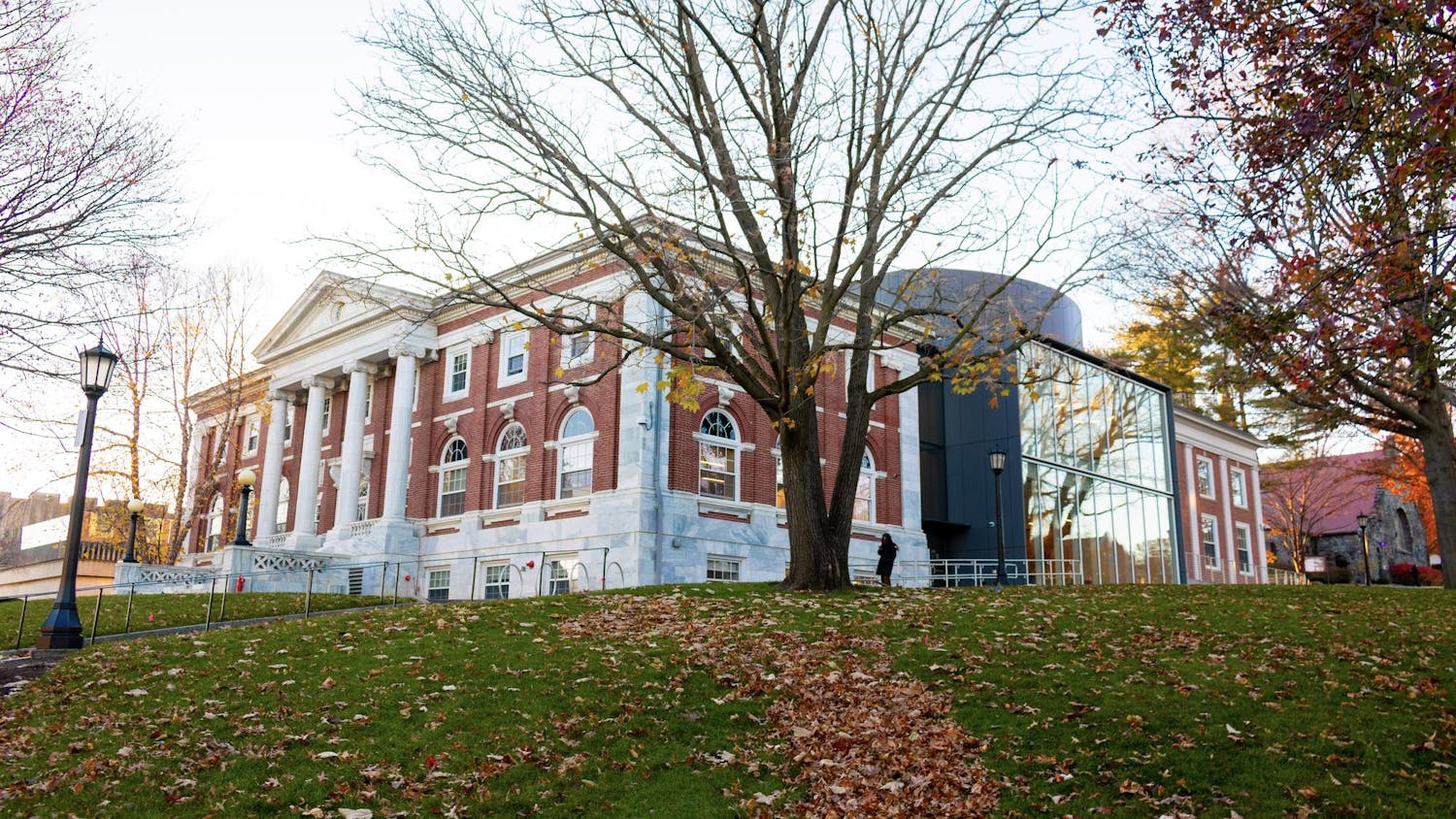Content warning: This article discusses sexual abuse and assault.
On May 13, a federal class-action lawsuit was filed against the University of Michigan in response to the 950 former students that have accused the late university doctor Robert Anderson of committing acts of sexual abuse. Attorneys for the survivors claim it is the largest case of sexual exploitation by a single individual in U.S. history.
While the accusations of abuse committed between 1966 and 2003 were first publicized in an article by The Detroit News in February 2020, the university first officially learned about the allegations in 2018. Survivors have explained, in various accounts, that they alerted multiple officials at the university about what they experienced, but no further action was taken.
This is by no means an isolated case. On Sept. 15, members of the USA Gymnastics team testified before Congress about the FBI's mishandling of the case against Larry Nassar, who sexually abused over 300 people as the team’s doctor. Gymnast McKayla Maroney reported Nassar’s actions to the FBI in 2015, yet no report was documented until 17 months later. USA Gymnastics was also implicated for covering up years of complaints, while Michigan State University settled lawsuits related to Larry Nassar’s abuse for $500 million.
A number of academic institutions have responded with either ignorance or payouts in the face of lawsuits regarding sexual assaults. Last week, a judge dismissed a case against Ohio State University regarding the 180 men abused by athletics team doctor Richard Strauss because the statute of limitations has passed. Survivors say they alerted the university, but nothing was done. Last March, the University of Southern California settled lawsuits from 710 women who accused the school’s gynecologist George Tyndall of sexual abuse for $852 million.
These institutions have put “prestigious” doctors and their own reputations above the well-being of their students and members. Case after case, and the story remains the same. Years of reports go unheeded, allowing an abuser to inflict reprehensible harm on countless young people. We must make sure that all universities are held accountable for their role in choosing to cover up instances of abuse, regardless of what that will entail for their reputations moving forward. Without institutional consequence, universities will not understand that protecting evil abusers is not worth the cost.
One aspect of the University of Michigan case that cannot be ignored is that the vast majority of those abused by Anderson were men. Nearly one in six men have been sexually abused, and for male athletes, this number is far higher. The question that should be asked is, “How do male survivors fit into greater conversations surrounding sexual abuse, and are these cases more likely to go ignored?”
The notoriety of the allegations against Nassar, and now Anderson, are largely a result of the #MeToo movement, whose phrase spurred a large cultural conversation around the nature and proliferation of sexual assault. However, the movements surrounding sexual abuse, and more importantly the cultural reforms that come with them, are disproportionately centered on female, and often white, victims. The exclusion of men from sexual assault conversations only reinforces the fact that fewer men will recognize that they have experienced sexual abuse. A 1996 study found that only 16% of men realize that they have been abused compared to 64% of women with the same documentation.
Despite recent events, the University of Michigan Counseling and Psychological Services website still frames its sexual abuse conversations and policies with women as the primary victims and men as the perpetrators. The language that institutions use has an impact, and too often male survivors are forgotten and erased from the conversation. In this case, Michigan’s treatment of male victims literally silenced hundreds of survivors. We must make sure to include all survivors, regardless of gender, in conversations about sexual abuse.
Ultimately, cases like those of Anderson and Nassar illustrate a dangerous pattern that universities fail to prevent: widespread abuse perpetrated by their own employees. Schools have the ultimate power to hold those they employ accountable, and they must prioritize the well-being of their students.
Survivors who come forward often relive their trauma in an attempt to protect future victims. Universities and institutions must respect that sacrifice and, at the very least, take their accusations seriously and thoroughly investigate every claim in order to stop abusers from causing further pain and trauma.
Tufts University, along with other powerful institutions, must take action. Instead of solely plastering sexual abuse hotlines on a few bathroom doors, establishing internal committees to discover the best practices for preventing sexual abuse is the way to address the root of the issue. Recognizing the specific position of power university employees hold and taking steps to address the potential danger this poses is crucial. To ensure that no student is ever subjected to this kind of abuse and violence, Tufts — along with other universities — must continue to hold all perpetrators accountable and foster a space that supports and prioritizes survivors.





